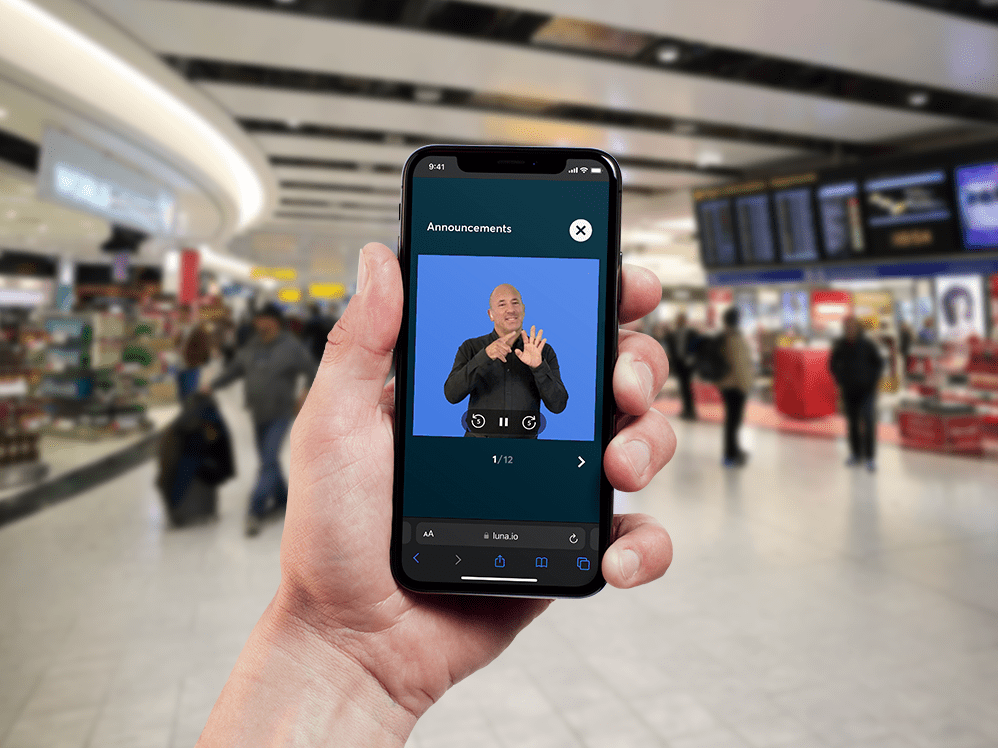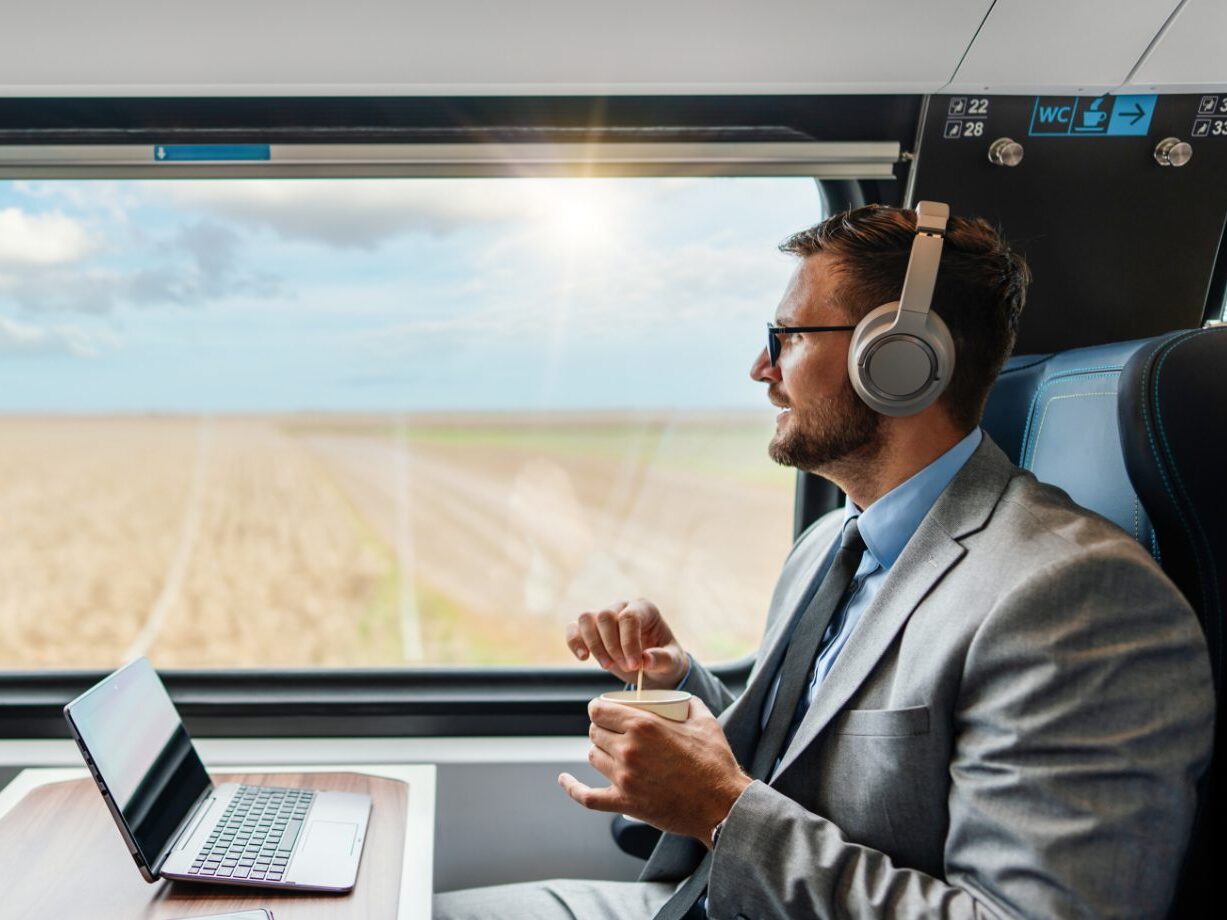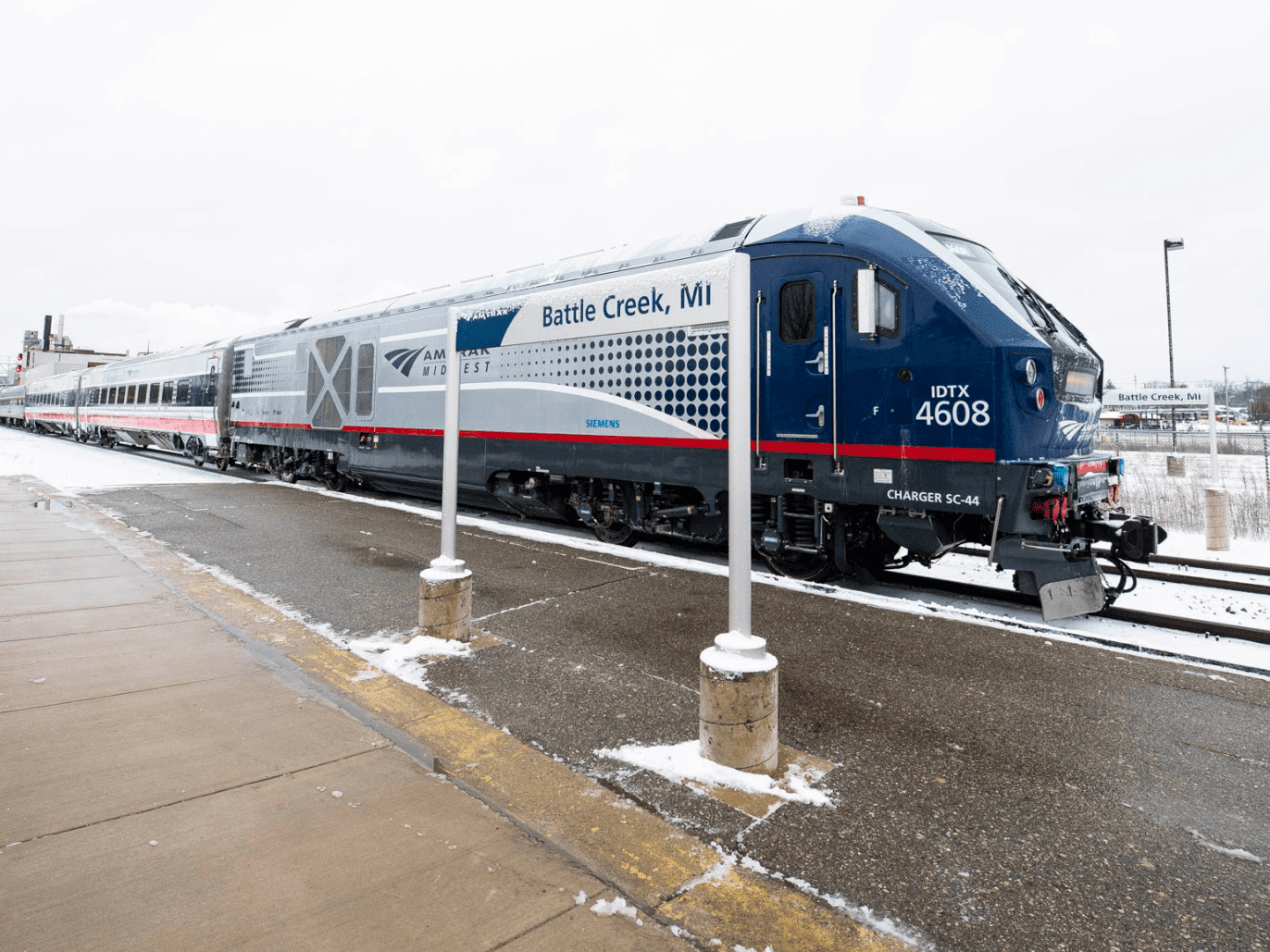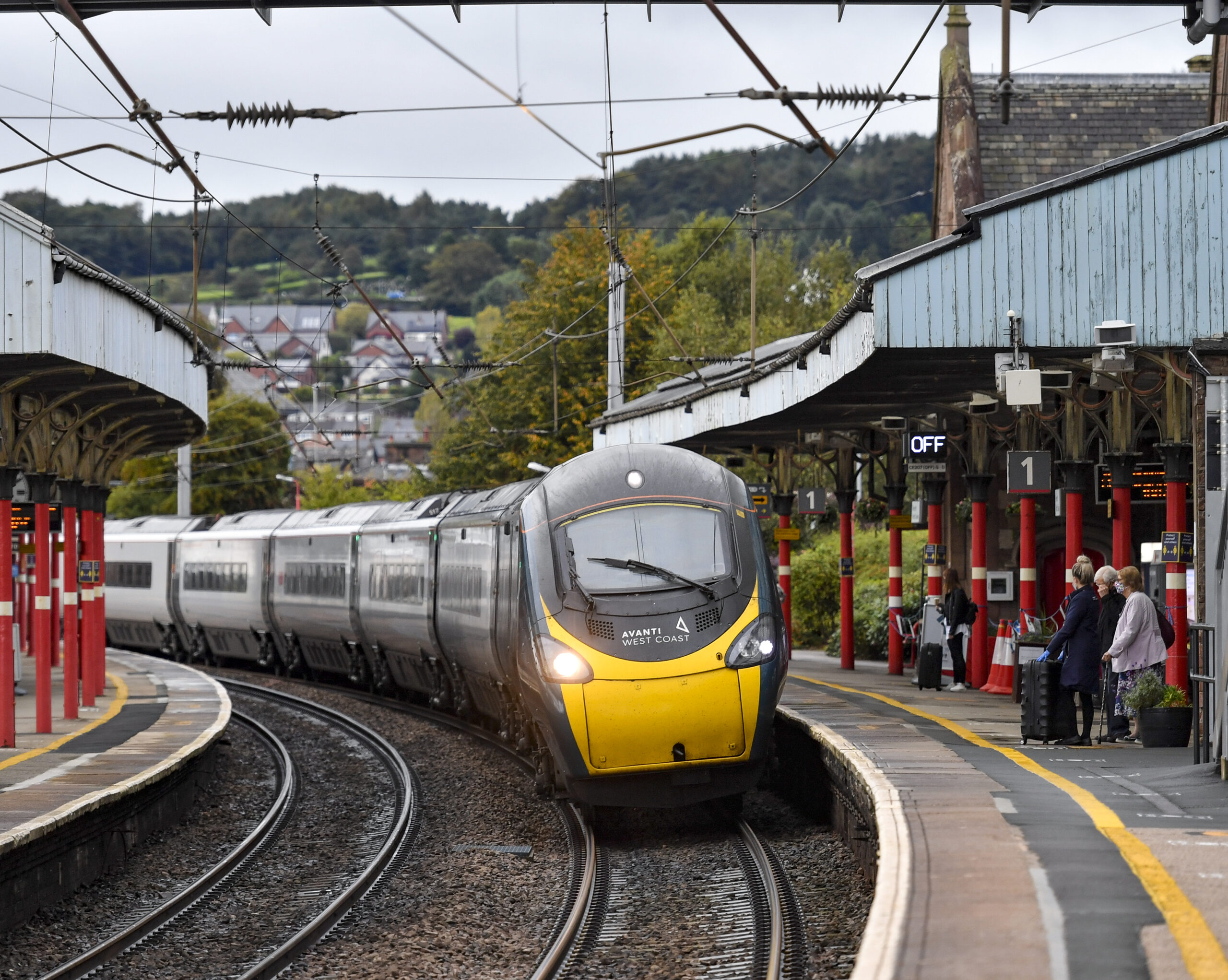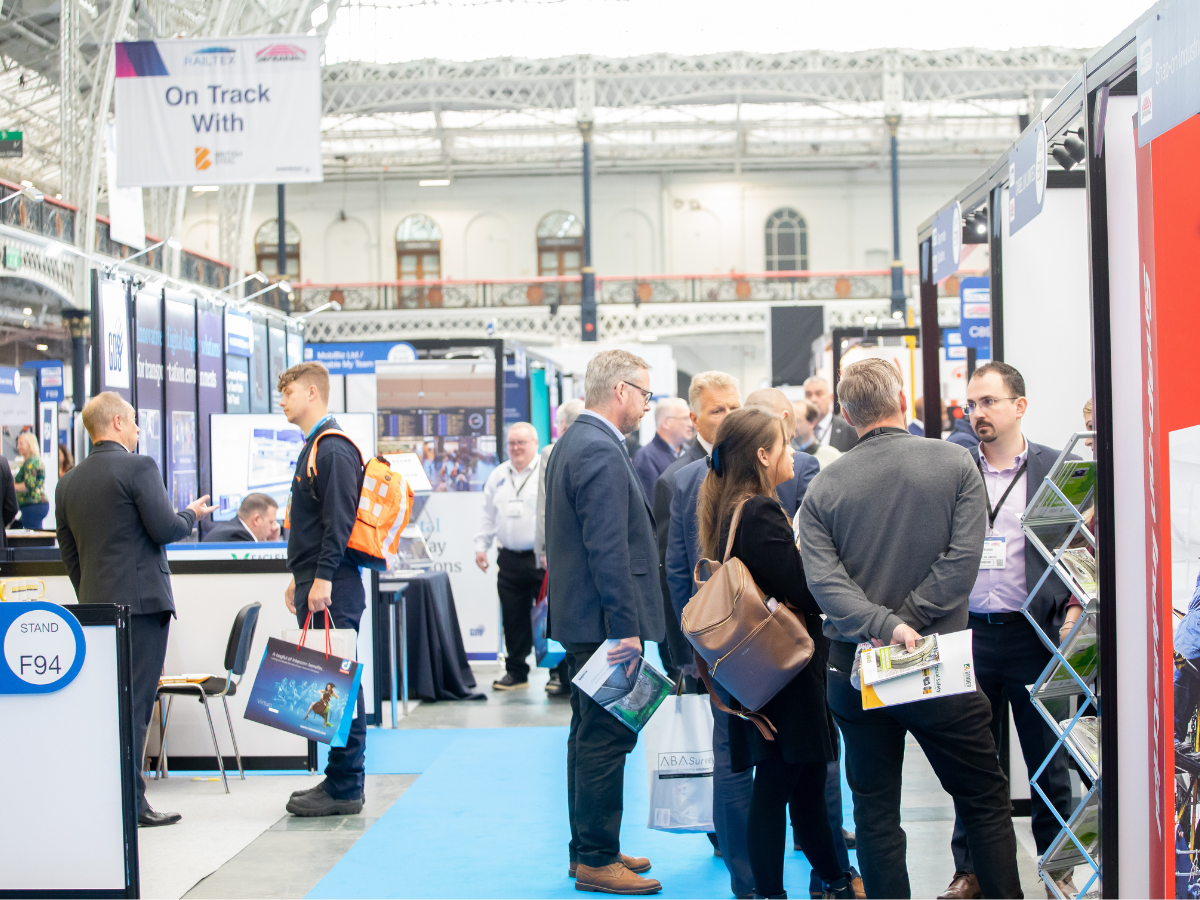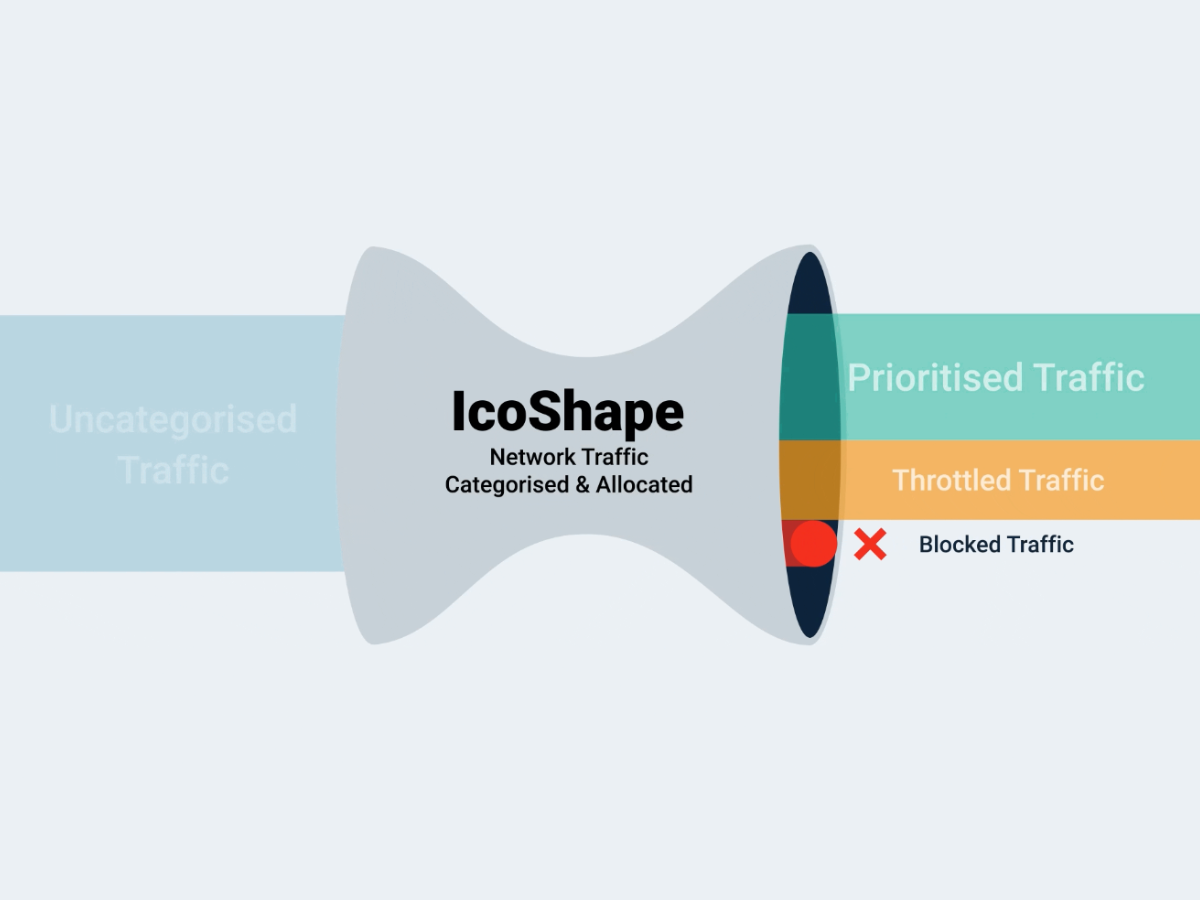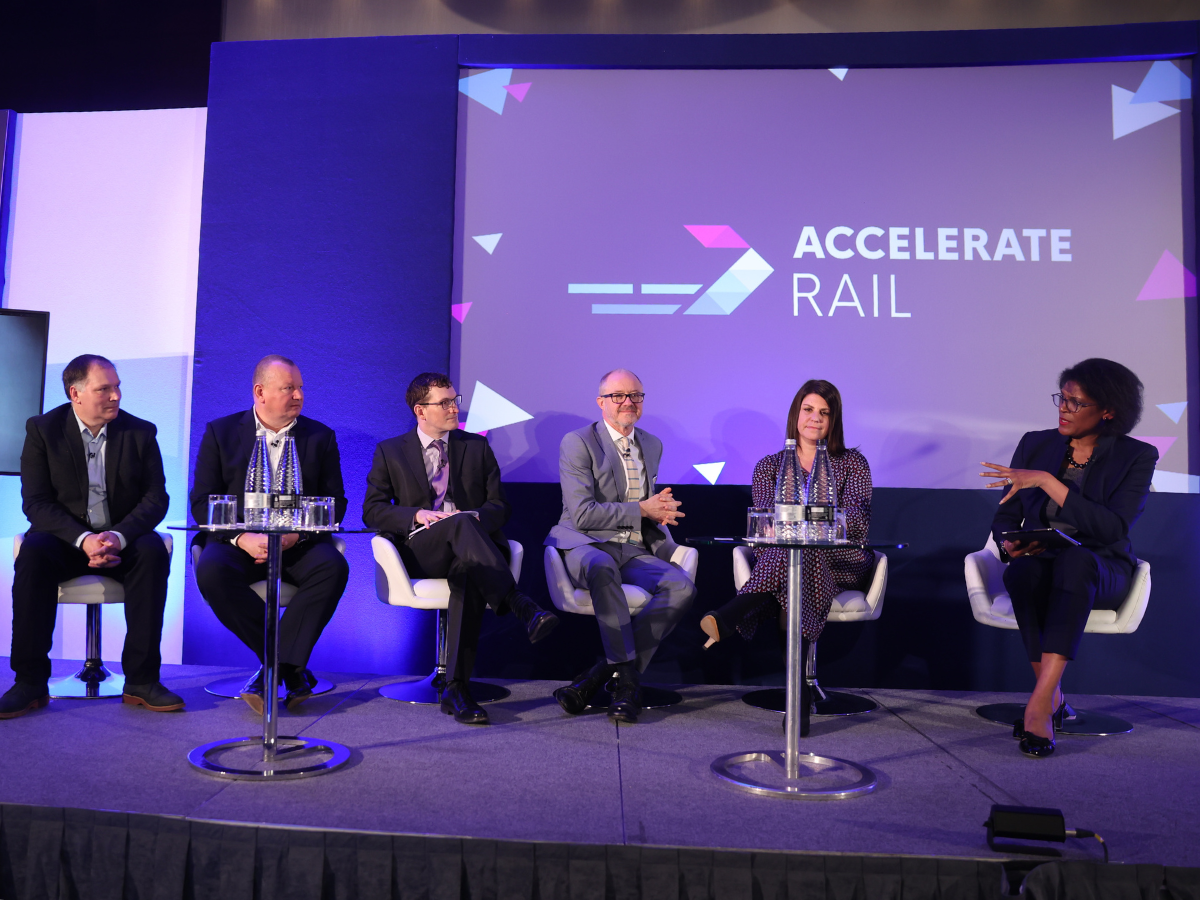There is something to be said for touching down in a new country or city and having a seamless experience.
Our expectations for mobility and transit are changing rapidly. Regardless of whether you live in the center of a major city, the suburbs, or in a remote community, convenience is now top of mind when considering how to get from point A to point B.

This focus on convenience is even shaping the economic picture, as many people are willing to pay more for an experience, if they consider it to be more convenient. While transit operators will always compete to some extent on cost, convenience is emerging as a critical battleground.
So, how can you ensure your passengers are receiving all the conveniences they’re expecting? Here are four key perspectives to consider.
Convenience in Planning
Convenience here applies to both journey planning and accessibility. Every journey begins before the first mode of transportation. We all take time to plan our route, considering the most effective, affordable and, yes, convenient way to reach our destination. Every journey should also be made on systems that is fully accessible: simple and stress-free for all people regardless of age, disabilities, or native language. In Canada, the Canadian Accessibility Standards Development Organization (CASDO) has developed a roadmap to make the country fully accessible by 2040, and transportation is an essential aspect of that plan.
But beyond accessibility of the transit itself, transit operators should also consider accessibility of information. We can only choose the best journey if we can evaluate all available options. Routes, timetables, and wayfinding should be easy to find and understand. And as we look to the future, these tools should be personalized based on customer preferences. In retail and other consumer services, we expect companies to use data to serve as relevant offers and information. The same goes for transportation ― we should use the wealth of data at hand to better understand a customer’s priorities, preferences, and needs.
Convenience in Execution
Over the past decade, we’ve seen how convenience has completely reshaped transit decisions.
In cities like Chicago, New York, Toronto and Montreal, robust public transit systems allow people to easily and affordably travel throughout the city. Every city should continuously be looking for ways to make our offerings more convenient for the end user. We’re seeing a great example at the moment in Toronto, where Metrolinx is working to expand GO Transit’s rail lines into a comprehensive regional commuter rail service.
For most people, more options lead to more convenience. The same holds true for transit. Having access to a variety of modes of transit ― and the flexibility to combine them into a multi-mode journey ― can make the difference. When transit operators collaborate and make it easier for passengers to move from one mode to another, it creates a halo effect that benefits everyone involved. The future of transit is integrated, not siloed.
Convenience Beyond the Journey
In our interconnected world, nothing is judged in a vacuum. When we go to a sports game, we’re not just thinking about whether our team won or lost. We’re thinking about the view from our seats, the food and drinks available in the arena, the entertainment taking place between periods. Transit operators also need to think about convenience beyond wheels and rails.
The bare minimum for the future of transit convenience will be connectivity. Last fall, VIA Rail Canada started an initiative to roll out high-speed internet onboard its new Québec City-Windsor corridor fleet. This simple amenity provides an outsized level of convenience to passengers, making it easier for them to work, relax, and simply stay informed.
Convenience for Satisfaction
A recent industry survey by Optibus showed that passenger experience was the top priority for 64% of respondents. In our fast-paced world, we want things to be quicker, easier and streamlined. We want quick and easy access to reliable transit with minimal hassle and maximum satisfaction. It’s no longer a “nice to have” ― it’s table stakes.
Our focus on convenience should be looked at as an opportunity. As an industry, we have great potential for infrastructure innovation. By applying the lens of convenience to the design, function, and optimization of our systems, we can reach new levels of performance and customer satisfaction.
This article was originally published by Icomera.




